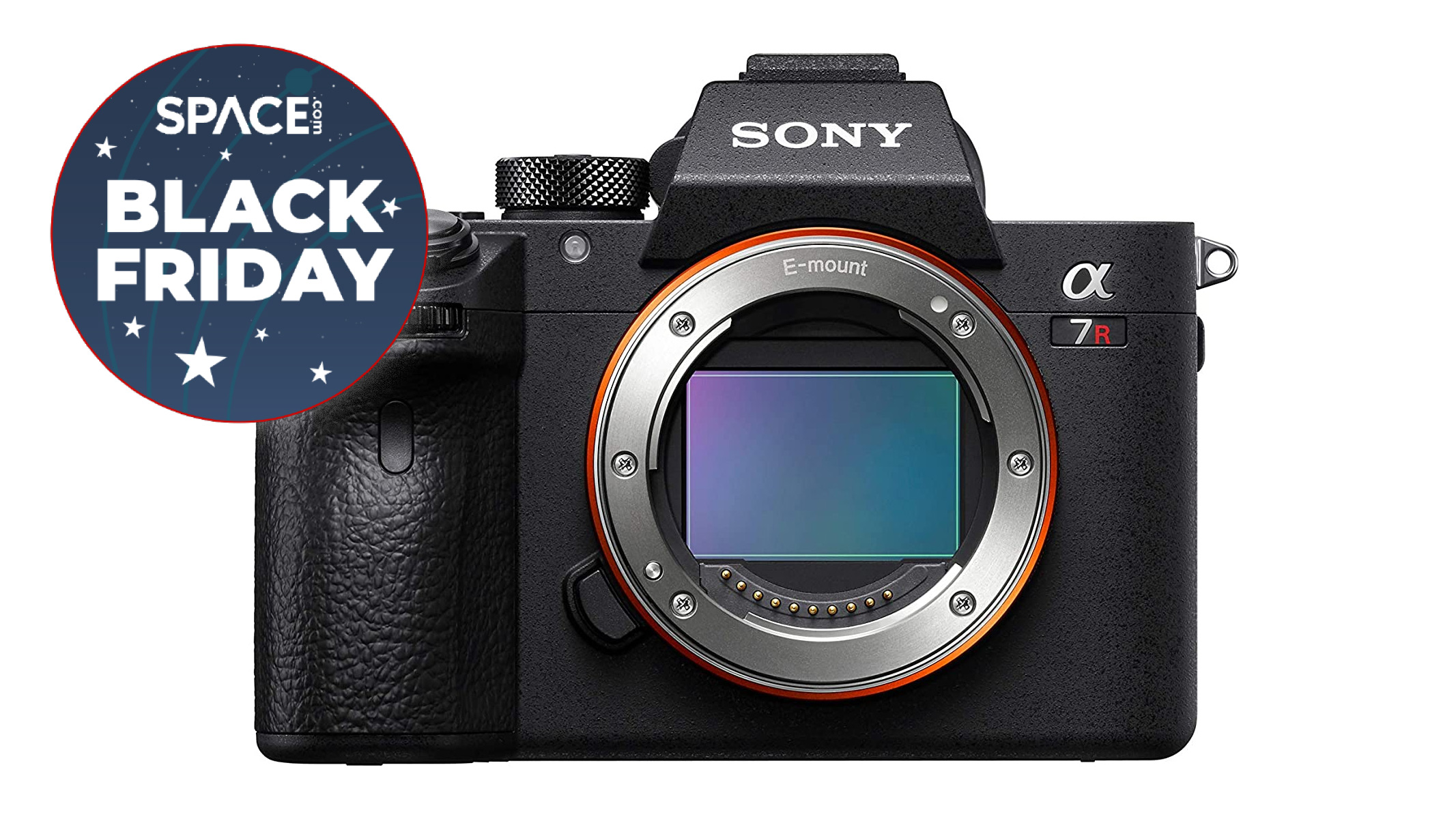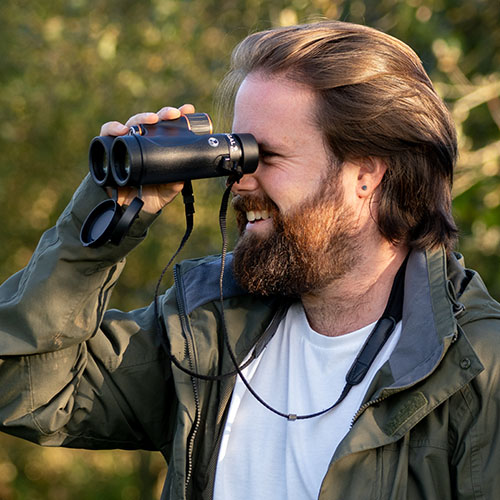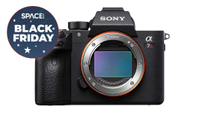Sony A7R III is now $500 cheaper in this Black Friday deal
Save over 20% with this $500 off camera deal with the Sony A7R III over at Amazon with this Black Friday deal

The Sony A7R III has a bit of a cult following and is an excellent mirrorless camera for astrophotography, and it's now got a deep discount of over $500 thanks to this Black Friday deal over at Amazon.
It's packed with a full-frame 42.4MP image sensor that's capable of capturing 4K HDR video and has a 3-inch touchscreen as well as an electronic viewfinder. At 9.6 x 6.1 x 5.6 inches and weighing just 1.45 lbs (657g) it's lightweight and small enough to slip away in almost any camera bag. That means it's easier to travel with the camera and take away to dark sky locations for astrophotography.
While we haven't reviewed this specific model we've given its little sibling the Sony A7 III and newer variant the Sony A7R IV 4.5/5 stars in our reviews, highlighting their fantastic build quality and high-quality imaging. The price has dropped from $2,499.99 down to $1,998.00 which makes this mirrorless camera a steal on Black Friday.
Sony A7R III: was $2499, now $1998 at Amazon
Save $500 — that's over 20% off the original price, on the Sony A7R III. Its full-frame CMOS image sensor can capture high-resolution 42.4MP stills photos and it records 4K HDR video. Enhanced EyeAF makes shooting portraits a breeze and a wide dynamic range makes it ideal for astrophotography and low-light shooting.
The Sony A7R III has an ISO range of between 50-102,400 (expanded) to make it see in the dark. If you pair this with a wide-angle fast lens with an aperture of between f/1.4-2.8 then sharp, bright images of the night sky are a doddle.
It has up to 15 stops of dynamic range to capture the brightest highlights and deepest, darkest shadows and that makes it perfect for astrophotography because it allows photographers to edit their astro images with a great deal of flexibility when shooting in RAW format.
The A7R III has in-body image stabilization up to 5.5 stops so users can shoot this handheld even into twilight hours and in other low-light situations where a tripod would normally be necessary. It also autofocuses down to -3EV for decent focusing when the light is low (though, probably not low enough to autofocus on the stars).
Be sure to check out Space.com's guide to the Best cameras for photos and videos or our astro-specific best cameras for astrophotography.
Get the Space.com Newsletter
Breaking space news, the latest updates on rocket launches, skywatching events and more!
Join our Space Forums to keep talking space on the latest missions, night sky and more! And if you have a news tip, correction or comment, let us know at: community@space.com.

Jase Parnell-Brookes is the Managing Editor for e-commerce for Space and Live Science. Previously the Channel Editor for Cameras and Skywatching at Space, Jase has been an editor and contributing expert across a wide range of publications since 2010. Based in the UK, they are also an award-winning photographer and educator winning the Gold Prize award in the Nikon Photo Contest 2018/19 and named Digital Photographer of the Year in 2014. After completing their Masters degree in 2011 and qualifying as a teacher in 2012, Jase has spent the last two decades studying and working in photography and publishing in multiple areas, and specializes in low light optics and camera systems.










